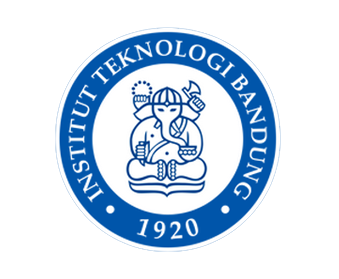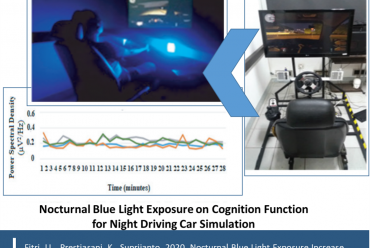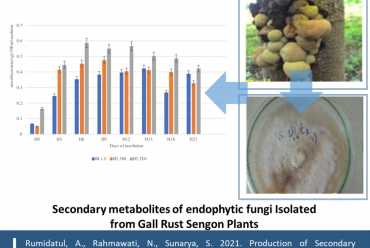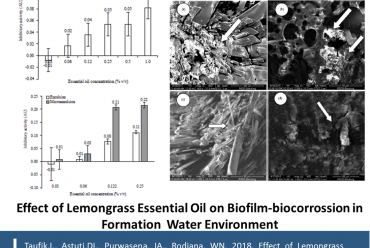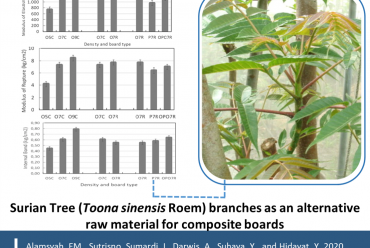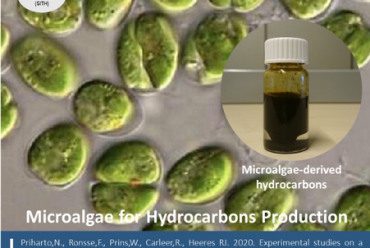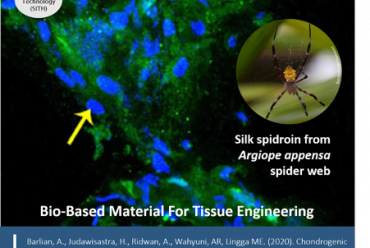Determination of productivity, yield and bioactivity of propolis extract produced by Tetragonula spp. Cultivated in Modular Tetragonula hives
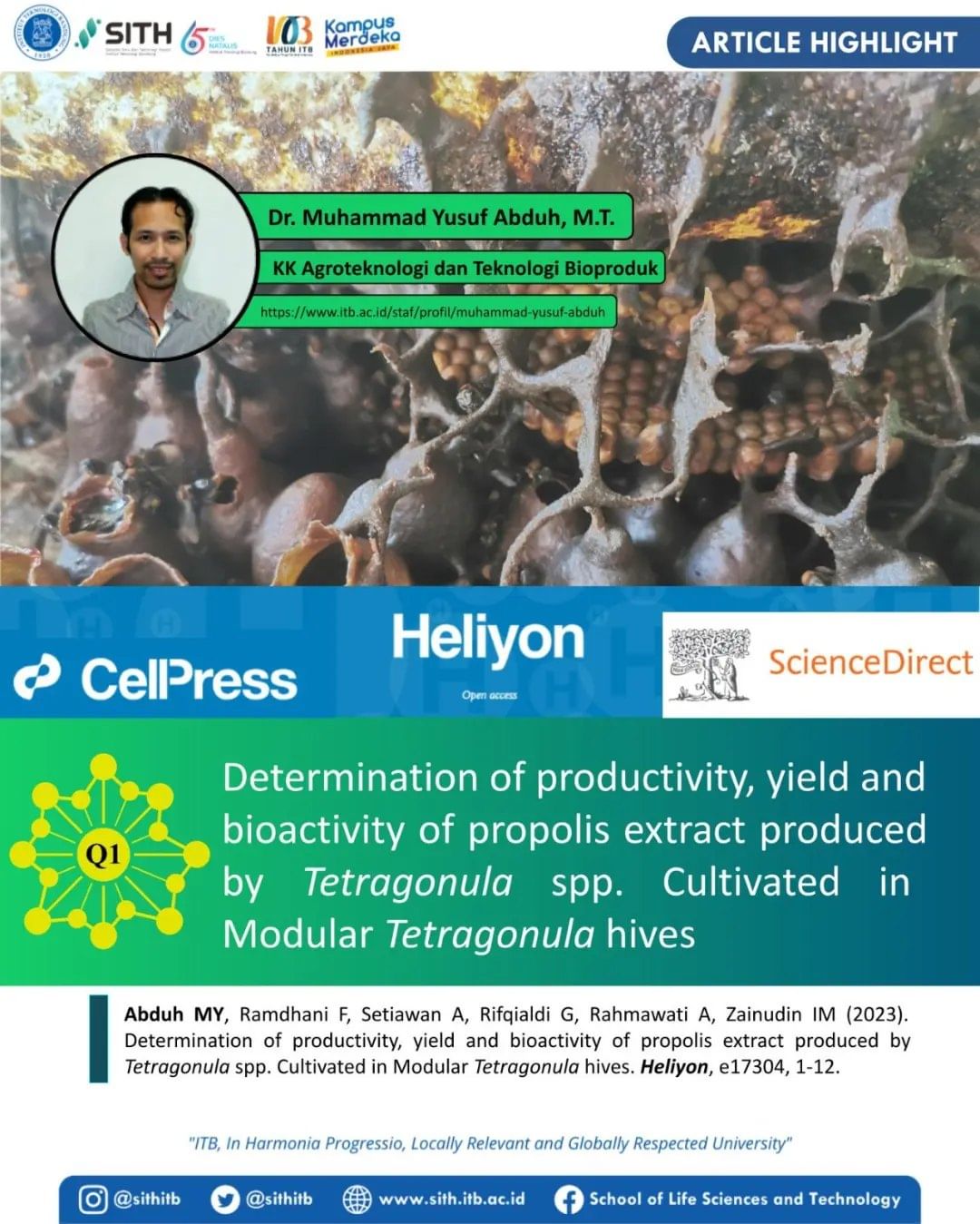
In this study, Dr. Muhammad Yusuf Abduh, MT. et al. examined how microclimate conditions affect the activity of Tetragonula laeviceps, Tetragonula biroi, and Tetragonula drescheri in Modular Tetragonula Hives for crude propolis production. They also studied the impact of cultivating these species with P. merkusii resin on propolis productivity, and different extraction methods on propolis extract yield, total phenolic and flavonoid content, and antibacterial activity. Statistical analysis revealed a significant positive correlation between temperature, light intensity, and Tetragonula spp. activity. Crude propolis productivity ranged from 1.22–5.88 g/colony/week, with extract yields varying from 15.12 to 24.17%. Propolis extract contained total phenolic content (123.81–343.93 mg GAE/g) and flavonoid content (5.48–35.77 mg QE/g). The highest propolis yield (32.45 ± 0.90%) came from T. drescheri with Soxhlet extraction. T. laeviceps yielded the extract with the highest phenolic (343.93 ± 44.32 mg GAE/g) and flavonoid content (35.77 ± 9.94 mg QE/g) via maceration. All extracts inhibited Staphylococcus aureus growth, with inhibition diameters ranging from 6.58 ± 0.04 mm to 9.70 ± 0.7 mm, indicating moderate antimicrobial activity.
Article Citation:
Abduh MY, Ramdhani F, Setiawan A, Rifqialdi G, Rahmawati A, Zainudin IM (2023). Determination of productivity, yield and bioactivity of propolis extract produced by Tetragonula spp. Cultivated in Modular Tetragonula hives. Heliyon, e17304, 1-12. doi.org/10.1016/j.heliyon.2023.e17304.

